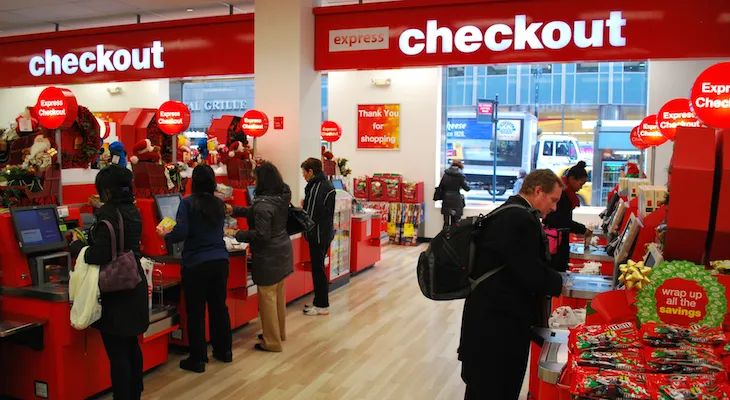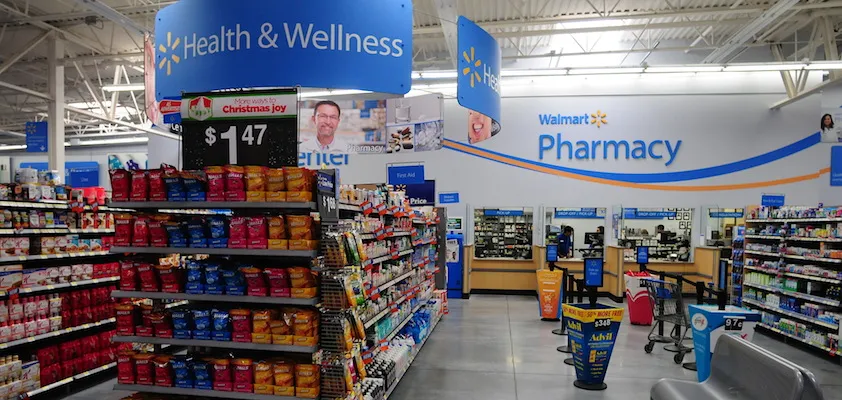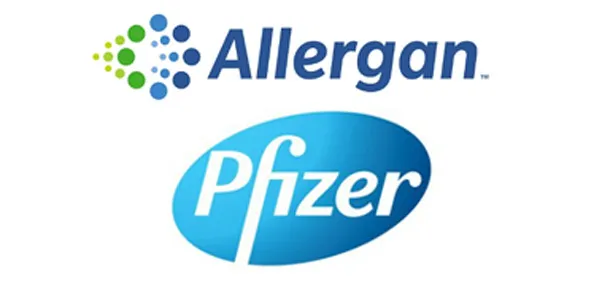The retailing business in the United States may have reached an inflection point during the period around Black Friday, traditionally seen as the start of the holiday selling season.
While reports from different sources about retailers’ performance during the last week of November don’t neatly align, the consensus is that e-commerce continues to gain ground at the expense of traditional retailers, and that more Americans are likely to have shopped at Internet merchants than brick-and-mortar stores during the Black Friday weekend.
That comprises a true paradigm shift among holiday shoppers, one that raises interesting questions about the trajectory of the retail industry over the long term. Discount and department stores, which are heavily dependent on such merchandise as toys, apparel and electronics, were the biggest losers, as Amazon and other e-commerce websites broadened their appeal.
Chain drug stores performed better, with core health and beauty care categories holding up fairly well. Executives did, however, note some sales erosion in holiday-related segments such as seasonal products and gifts. Members of the trade class were to a large degree insulated from the e-commerce threat by their focus on pharmacy and H&BAs, which are frequently purchased on an as-needed basis for immediate use.
Still, the Black Friday results should serve as a wake-up call for all brick-and-mortar retailers, reminding them that the attraction of Internet shopping, buttressed by an array of increasingly efficient delivery options, is potent. Merchants who fail to recognize that appeal do so at their own peril.
The major drug chains and other big retailers understand what’s at stake and are moving, albeit in some cases more slowly than they should be, to counter the e-commerce threat by making their stores more relevant to today’s consumer and developing omnichannel capabilities. To compete, retailers will have to do much more than simply stock store shelves with relevant products.
Sephora is one of the companies that is rising to the challenge. The upscale beauty retailer’s latest store prototype, which opened at 33 Powell St. in San Francisco last month, is centered on The Beauty Workshop, a facility with a dozen iPad-equipped workstations where customers can participate in tutorials. In addition, The Beauty Board enables online shopping, and each major department gives patrons access to technology that helps them find the items best suited to their beauty needs.
The Sephora prototype represents an attempt to leverage the strengths of technology, including access to e-commerce, to elevate the in-store experience. By melding those capabilities with the social element and face-to-face interaction that are an important part of traditional shopping, the company is aiming to create a whole that is greater than the sum of its parts.
Drug chains and other community pharmacies are well positioned to accomplish the same feat. Consumers are already accustomed to turning to pharmacists, who consistently rank among the most trusted professionals in the country, for advice on prescription medications and related issues; it’s not such a big leap for pharmacy operators to aspire, through skillful use of in-store personnel and technological tools, to establish themselves as the go-to source for authoritative information on over-the-counter health and wellness products and beauty merchandise.
While major pharmacy chains will no doubt have to maintain robust e-commerce capabilities, they are very unlikely to be able to beat Amazon at its own game. The best route for pharmacies to retain a central place in the health care and retailing sectors in a rapidly changing market is to emphasize the individual, face-to-face interaction with knowledgeable experts and the ability to experience products firsthand that is not replicable online.
Results from Black Friday offer fresh evidence, if any is needed, that, due to the impact of technology, the balance of power in mass retailing is shifting. The marketplace looks very different than it did two decades ago when Amazon was founded. Chances are that even bigger changes are now on the horizon.









